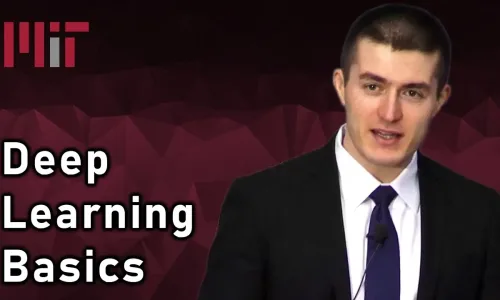See all Lex Fridman transcripts on Youtube

Deep Learning Basics: Introduction and Overview
1 hours 8 minutes 5 seconds
🇬🇧 English

Omnivision Solutions Ltd
- Getting Started
- Create Transcript
- Pricing
- FAQs
- Recent Transcriptions
- Roadmap

1 hours 8 minutes 5 seconds
🇬🇧 English

Omnivision Solutions Ltd